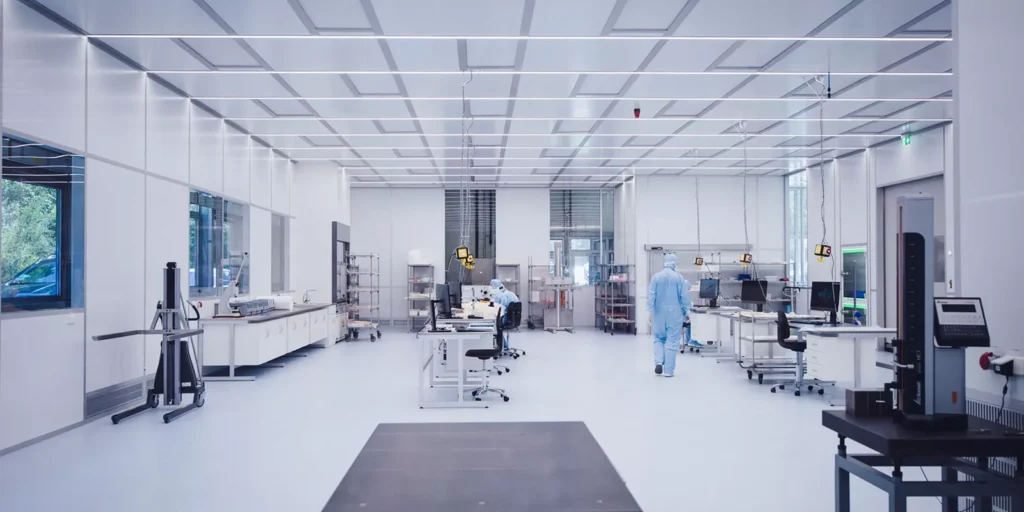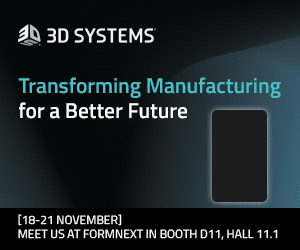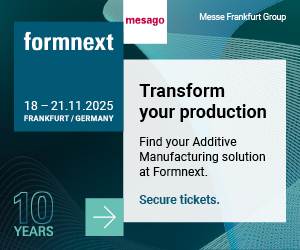Plansee reportedly utilizes electron beam powder bed fusion (PBF), laser PBF, bound filament extrusion, bound granulate extrusion, and now slurry SLA. With offices in 34 countries and 10 factories worldwide, Plansee is a specialized firm with deep expertise in manufacturing. The company sells powders and produces finished products, giving it extensive vertical integration and process knowledge from raw material to sputtering target. Currently, Plansee manufactures over 75,000 products.
“After intensive material development efforts, we have proven the capabilities of the technology for refractory metal printing. It is a great pleasure to provide our technology to such a prestigious organisation as Plansee SE,” said Incus CEO Dr. Gerald Mitteramskogler.
“With this technology, Plansee SE is expanding its capabilities for producing high-resolution parts and components out of refractory metals and their alloys using 3D printing. This underlines the excellent and trusting cooperation between the two companies,” said Dr. Dirk Handtrack, a Project Manager at Plansee SE.
Slurry SLA excels at producing small, precise parts with exceptional surface finishes, making it particularly well-suited for medical devices and high-end electronics. Another key advantage of slurry SLA is that the uncured material is washed out before the part is hardened in subsequent steps. This allows for the creation of highly complex channels without requiring abrasive flow machining, tapping, or additional processes. Moreover, these channels can be made significantly smoother and more intricate than those produced by other methods.
When combined with high-performance metals, this opens up exciting application possibilities. In heat and fluid management, slurry SLA and refractory metals can deliver unmatched performance. The process also has potential in small motion control components, missile defense, rocketry, and industrial applications. As electronics continue to miniaturize, satellites become more compact, and satellite networks grow in capability, slurry SLA could prove exceptionally lucrative for space thrusters and motion control systems.
Overall, this is a significant development, and more attention should be given to refractory metals produced through technologies beyond LPBF.
Subscribe to Our Email Newsletter
Stay up-to-date on all the latest news from the 3D printing industry and receive information and offers from third party vendors.
Print Services
Upload your 3D Models and get them printed quickly and efficiently.
You May Also Like
Stratasys Makes Navy Parts for Trident Warrior 25
The US Navy’s Trident Warrior 25 is a live fire manufacturing exercise hosted by FLEETWERX, an organization that wants to bring together companies and academia to drive Navy innovation, along...
OneClickMetal Turns Up the Heat With 500W LPBF Machine for €120,000
OneClickMetal has been making affordable metal LPBF systems in Germany for several years. Started by Trumpf, the company is now owned by innovative machine tool manufacturer Index. OneClickMetal’s machines are...
3D Printing News Briefs, November 1, 2025: Hydraulics, Radiation Resistance, Sweat Analysis, & More
We’re starting with European business news in this weekend’s News Briefs, as ASTM International and CECIMO are collaborating to drive additive manufacturing in Europe, and Farsoon Europe has opened a...
Bayern Innovativ’s Next Generation Manufacturing 2025 Conference
On the 23rd and 24th, Bayern Innovativ organized the Next Gen Manufacturing conference. Taking place at the Science Congress Center in Munich, this conference covers Additive Manufacturing, AI, software toolchains,...






































